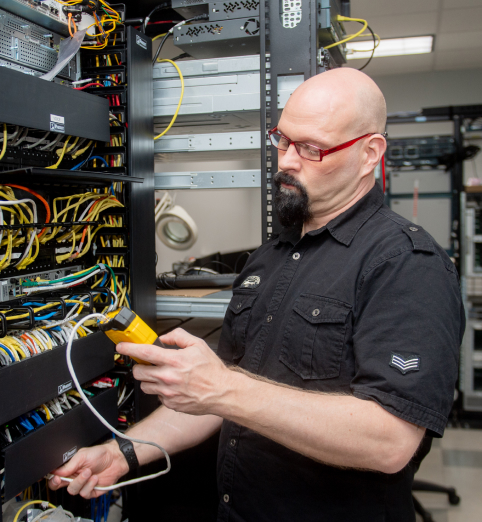It never ceases to amaze me that IT continues to evolve so quickly—and not just from a feature / function perspective. I mean it in the way that we all collectively around the world internalize IT advancements, how buzzwords become something real and tangible, and how we are all able to adapt at such a fast pace. It also makes me chuckle at times when I’m writing an article such as this and have to use terms like “traditional virtualization.”
Ponder that for a moment. The fact that there is now traditional virtualization speaks volumes as to what we now expect from our infrastructure and what is to come. It also speaks to what we have to address to make sure these types of practices don’t accidentally backfire and take the business down with it.
It’s this forward-looking preparedness that brings me to hybrid cloud and why plans need to be in place that speak to more than just cost savings and the practice of simply moving data around. Though easy in concept, it’s not exactly something that should be taken lightly—not that I think anyone would. More so, my fear stems from the global social acceptance of change and how we can all fall victim to complacency when implementing new technology—after all, everything is easy in this day and age…right?
So, here’s the issue: Updating a data center and just getting a bigger pipe to the internet is not the right mindset to have. And though this solves some of the high-level technical issues, such as speed and performance, our experience with our customers has taught us that things are rarely that simple.
From understanding the limits of the internal IT team, to legal aspects, and more, hybrid cloud comes with a host of challenges that needs to be addressed.
Here’s an easy one: Facebook. I’m sure you’ve been following the news lately and what Facebook has been going through—a lesson to be learned for sure. Its data was misused and now Mr. Zuckerberg is sitting in front of Congress to explain his actions. And though I don’t want to get into the politics or implications for Facebook, it leads to a very real topic: How do you manage and control your data?
I’m not saying that anything nefarious is happening with most companies, just be aware of the complications that arise from data and where it resides, and what it’s for. After all, the first challenge when designing a hybrid cloud is where to draw the line. Whether it be regulatory compliance (Mark Z, I’m looking at you buddy), data sovereignty (there are data centers in Russia, right?), or privacy requirements (OK, not to whip a dead horse, but Facebook, again, looking at you)—all of these things should be among your first considerations.
Then, of course, there’s the network itself. A good analogy: just because you put fancy racing stripes on your 1989 Fiero doesn’t mean it’s fast or furious. Note: don’t judge me on my love of the Fiero. But networks are just that—if you want to win races, make sure your infrastructure is ready to play the game.
And, are you ready to play the scalability game? Just because you can move data to different places it isn’t the end-all be-all of virtualization. There’s a real chance that your infrastructure will need to scale. Primarily because one begets the other. Virtualization is brought about because data is growing, and resources need to be adjusted. But adjusting only goes so far. Eventually, locations, gear, networking speeds, and everything else will need to be addressed for growth.
In the end, the only advice I can truly give is plan, plan, and plan some more—and partner with a team of people who do this for a living. The scope of this stuff is a million miles wide and a million miles deep … and, ultimately, it will be succeed or drown.
Now, a question for you: Do you think my friends would be impressed if I bought a tricked out Fiero? Actually, please don’t answer that.



